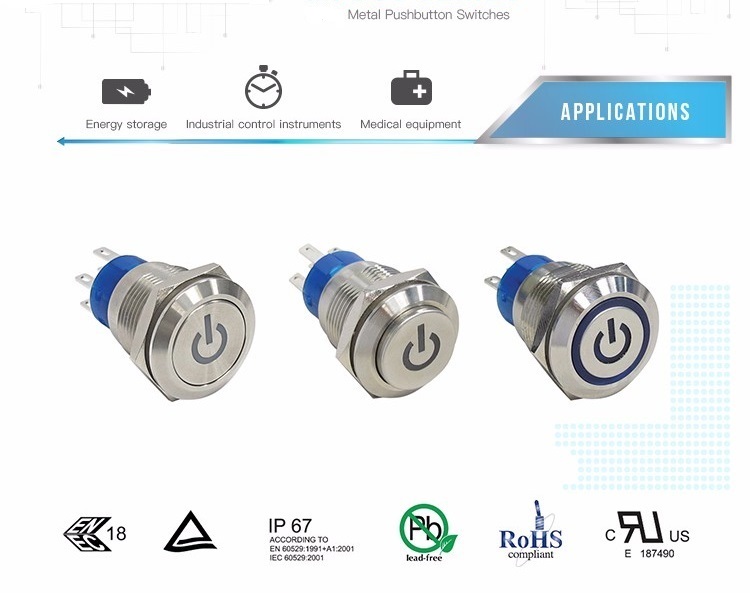The smartphone market, once exhausted, has found a new direction with the rise of full-screen devices. It’s like discovering a life-saving drug—bitter at first, but worth trying. With the absence of the iPhone X this month, the flagship models in the market have increasingly embraced the full-screen design, making it almost ridiculous to say, “It’s not a full screen anymore; it’s embarrassing to develop cloth.â€
In fact, full-screen phones aren’t exactly new. Sharp introduced the EDGEST302SH three years ago, a device that focused heavily on screen technology. However, due to limited supply chain resources and the relatively simple nature of the technology at the time, it didn’t create much of a buzz.
From a technical standpoint, Sharp used bevel cutting and refraction techniques, combined with stacking technology, to push the display frame’s edges toward infinity. This was one of the earliest solutions for a true full-screen phone.
What the market needed was a spark. In the past two years, major manufacturers like Apple, Samsung, and Huawei have entered both the R&D and marketing sides of the full-screen trend, turning it into a “newborn†category.
Despite the overwhelming marketing around full-screen phones, shipment data from industry analysts shows that this year is still just the early stage of adoption. According to insights from several Taiwanese supply chain analysts, if this year’s full-screen shipments are rated at 10 points, Samsung and Apple would take up 6 points, while the remaining 4 would be shared among Android brands. Based on last year’s shipments, Huawei could account for more than two points, leaving the rest for smaller players in the market.
This is an open secret: the market is still unfamiliar, and before the hype fully takes off, no one is willing to relax. The decision to follow or not is still a multiple-choice question.
In the 3,000-yuan price range, domestic manufacturers have found their sweet spot. Here, Samsung and Apple struggle to gain significant profits and market share, especially in China. This segment is a battleground where companies must advance and retreat strategically. Instead of overextending supply chain resources, it’s better to invest in quality control and take small, steady steps, waiting for the market to mature.
Surprisingly, many manufacturers have already started launching full-screen phones at sub-1,000 yuan prices. One such example is a company claiming to have the world’s first "thousand-thousand" full-screen phone, priced at just 899 yuan. A supply chain source told me after reviewing its specs, “It’s just awkward. They probably can’t get a better chip, and the cost won’t stay low.â€
In the low-margin thousand-yuan market, carrying a full screen means compromising on other components. But from a user perspective, a full-screen phone with only 720P resolution may not be enough to retain customers.
More importantly, major players are stepping up. Huawei launched the “redefining the thousand full screen†dual-camera phone, the Honor 7X, and Xiaomi is about to release the Redmi 6C with its own chip. With support from supply chain resources, the standard for full-screen phones in this price range is rapidly rising.
Honor’s President Zhao Ming told me that the X-series sold ten million units. To make a full-screen product, they initially tested with just 15,000 units. Although there were cost pressures, he admitted they would maximize the product and dilute costs through high volume sales.
Zhao Ming said that the minimum sales target for the Honor 7X to break even is over 15 million units. For this reason, the team has been working hard for 12 months.
So, do smaller brands still have a chance to win this full-screen battle? A pessimistic view suggests it's difficult. An ODM manufacturer in the mobile phone industry said that only big brands and top ODMs can secure better pricing and supply chain protection. In the thousand-yuan market, smaller brands will likely be quickly pushed out. “Honor and Xiaomi have taken the lead. Third place is very sad.â€
At the core of the competition, it seems to have returned to basics. Under the Matthew effect, this full-screen battle looks fiercer than any previous competition.
19MM Metal Switches
19MM Metal Switches
19MM Metal Switches, also known as Metal Push Button Switch in harsh working environment. The most competitive advantage of this Metal Switches is that it is high mechanical life, in which momentary could reach 1,000,000 cycles and self lock is 500,000 cycles. Stainless steel is resistant to damage IK10, it is very hard and reliable. Therefore, this series of metal switch is widely used in automobiles, ships, medical and large mechanical equipment.
In order to ensure the trust of our customers, this series Push On Push Off Switch has passed UL testing and certification, IP67 dust-proof and waterproof certification, TUV, European and American environmental protection RoHS and lead-free environmental protection certification .

Our 19mm Waterproof Push Button Switch have a variety of materials, including stainless, brass with nickel plated, brass with chrome plated, AI alloy with black anodized. This serious Push On Push Off Switch could offer different LED light, including white, red, yellow, green. Customer can select power logo indicator when controlling the power supply, customers could choose the double color indicator light when Switching different function.
Furthermore, all the LED indicate light are provided by well-known LED lamp manufacturers, guarantying the long-term use of LED lights and high-life mechanical life

19mm Metal Switch,Metal Push Button Light Switch,Waterproof Metal Push Button Switch,Waterproof Metal Push Button Switches,Metal Led Light Push Button Switch
YESWITCH ELECTRONICS CO., LTD. , https://www.yeswitches.com

